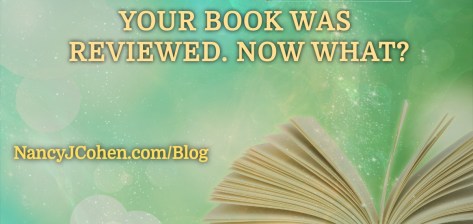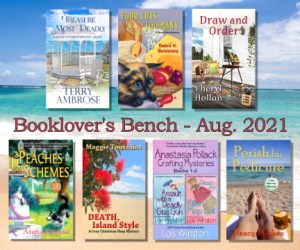Getting your manuscript ready for formatting means adding front and back material and completing your copyright page.
For your copyright page, you’ll need the ISBN numbers for each edition. Make sure you have your book description, eBook cover, and author bio ready before you get started. You’ll need a separate ISBN number for digital, paperback, and hardcover editions.
You can use the same print ISBN at Amazon KDP and IngramSpark, but you’ll need a separate one for Barnes and Noble if you plan to upload direct. Otherwise, IS will get your print book listed at Barnes and Noble. You can use the same ebook ISBN at all vendors.
For detailed instructions on how to buy and assign ISBN numbers and why this matters, go to: https://nancyjcohen.com/buying-and-assigning-isbn-numbers/
Aside from the title page and copyright page, what else can go in front of your book? And how about items you can add in the back, such as Acknowledgements, Author’s Note, Book List, and more? It’s best to leave the front end as clear as possible for the “Look Inside” feature, so the reader doesn’t have to scroll through several pages to get to the first chapter. Instead, put most of that material in the back. Here’s a detailed look at what these pages might include: https://nancyjcohen.com/adding-front-and-back-material-to-your-book/
Once you have finished your front and back matter, you’re ready for formatting. You can do this yourself, use a third-party aggregator such as Draft2Digital to convert your files for free, or hire a professional. Once you have your pdf file, you can give your cover artist the page count for the paperback cover.
Now that you have your ePub and/or pdf files and your covers, it’s time to upload your work to the various book distributors and either save them as drafts or submit for preorder.
PRIOR POSTS:
Book Production – Cover Design
Publishing Choices
Coming Next: Book Production – Uploading Your Book
DEALS AND STEALS
Last Day! $0.99 sale on EASTER HAIR HUNT ends tomorrow. Get your copy now or buy a print edition as a gift! An Easter egg hunt at a historic mansion turns deadly when hairstylist Marla Vail discovers a body in a bunny suit. Can she use her egg-cellent sleuthing skills to crack the case? Available in print and ebook editions – https://books2read.com/EasterHairHunt
GIVEAWAYS
Easter Egg Hunt Blog Event at Coffee Time Romance – Recipes, Prizes and Book Spotlights. Join now at https://coffeetimeromance.com/easter-egg-treasure-by-nancy-j-cohen/
Enter the All Things Cozy Giveaway (Cozy Mystery & Cozy Fantasy) and you could win a bunch of eBooks and a brand-new Kindle! Look for my book, Easter Hair Hunt, as one of the featured titles. https://www.bargainbooksy.com/all-things-cozy-giveaway-040125/
What is your favorite chocolate dessert? Leave a comment at Booklover’s Bench for a chance to win an ebook copy of A Bad Hair Day Cookbook– Recipe and Giveaway! https://bookloversbench.com/lets-talks/national-chocolate-mousse-day/
Enter to win two free books from Booklovers Bench – https://bookloversbench.com/contests/win-two-free-books-april-2025/























